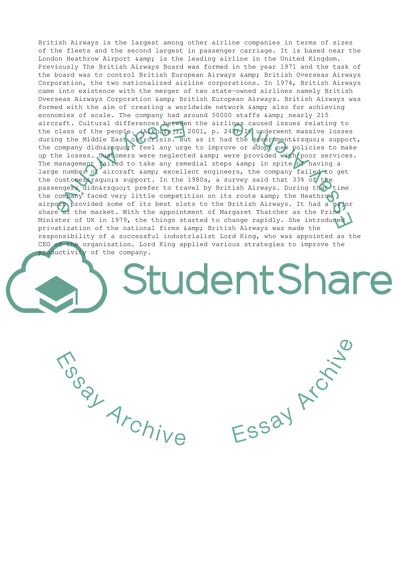Cite this document
(“Business Excellence - : Assessment of one company's product/service Assignment”, n.d.)
Business Excellence - : Assessment of one company's product/service Assignment. Retrieved from https://studentshare.org/business/1478756-business-excellence-yt-assessment-of-one
Business Excellence - : Assessment of one company's product/service Assignment. Retrieved from https://studentshare.org/business/1478756-business-excellence-yt-assessment-of-one
(Business Excellence - : Assessment of One company's product/Service Assignment)
Business Excellence - : Assessment of One company's product/Service Assignment. https://studentshare.org/business/1478756-business-excellence-yt-assessment-of-one.
Business Excellence - : Assessment of One company's product/Service Assignment. https://studentshare.org/business/1478756-business-excellence-yt-assessment-of-one.
“Business Excellence - : Assessment of One company's product/Service Assignment”, n.d. https://studentshare.org/business/1478756-business-excellence-yt-assessment-of-one.


